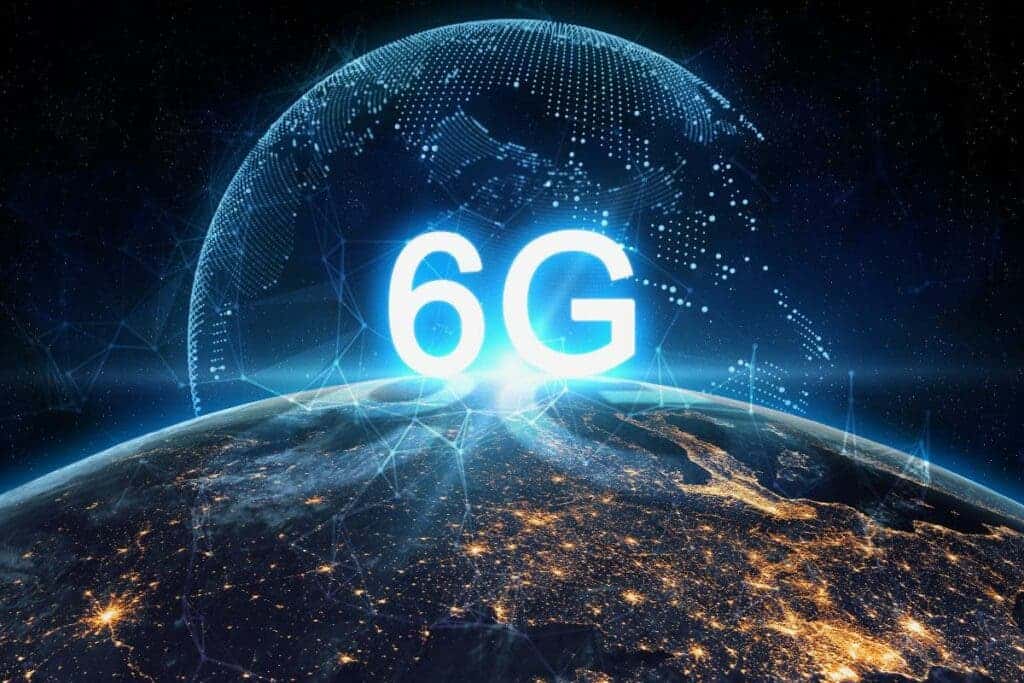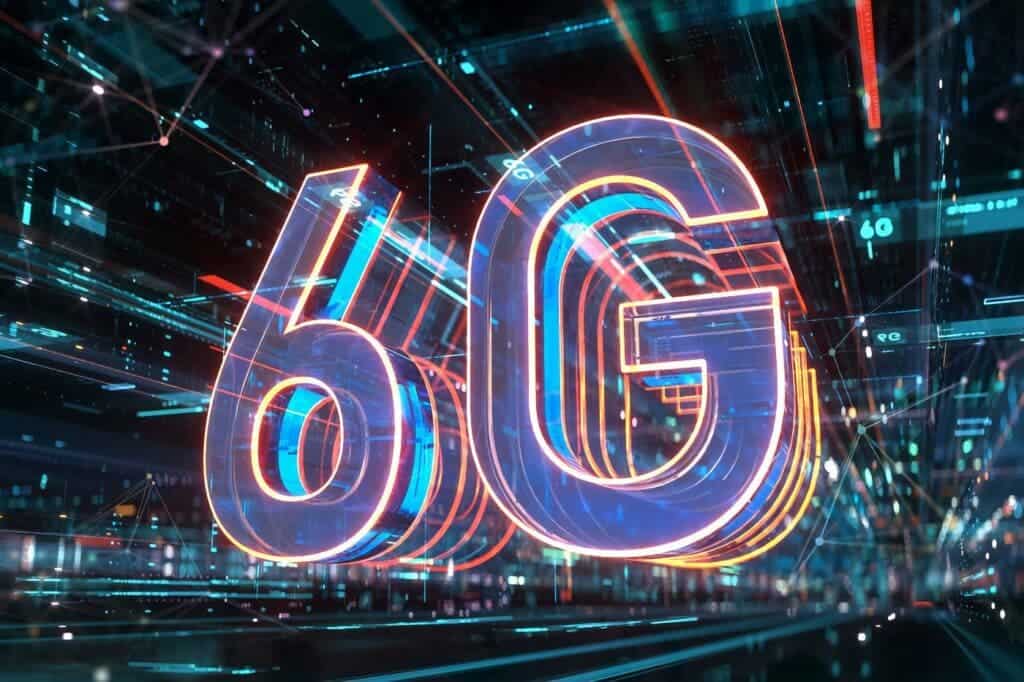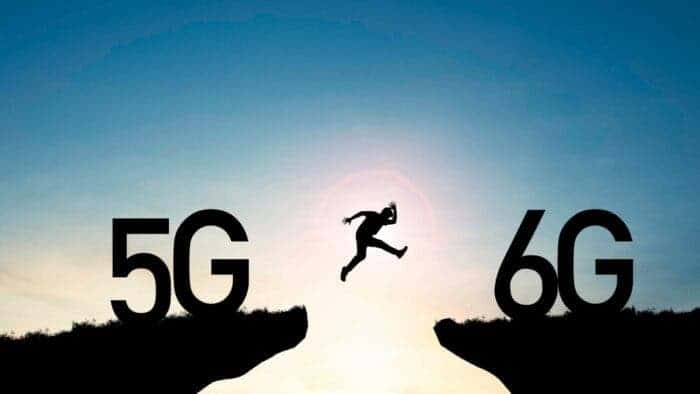During the World 5G Conference, Zhang Yongtao, deputy general manager of Ericsson China Technology Department, said in an interview that the upcoming 6G network is not a simple speed enhancement. He claims that the 6G network will build a unity of virtual and reality. Furthermore, he believes that holographic communication will move from science fiction to reality, and will explode in the future.

As the large-scale development of 5G in China continues, the 6G network has also become a hot topic in the industry. At the communication meeting, Ericsson released the “Innovation and Vision Report” and proposed four scenarios for 2030. The four scenarios include the Internet, connected intelligence, digital programmable physical world, and sustainable world interconnection. The supporting technologies behind them include infinite connections, trusted systems, cognitive networks and computing power.
He said that in the future all machines will be interconnected, in which case we can produce a mirror image of the digital world in the physical world. Based on this, Ericsson put forward its views on the 6G network. The company reiterates that the 6G network is not a simple speed enhancement, it will build a unity of virtual and reality. The physical world has perception, action, and experience. All of these can be virtualized and programmed in the digital world. Furthermore, changes in the physical world are synchronizable with changes in the digital world.
6G network will build a unity of virtual and reality
A large number of data sources can be taken from the physical world to the digital world, and the digital world can be analyzed. After simulation, the results can work in the real world through various drivers. In this way, we can trace and analyze the past, and simulate and predict the future. Based on the above imaginations, Ericsson announced six innovation areas. The innovation areas includes digital twin, holographic communication, blended learning, immersive experience, net zero emissions, as well as technological innovation.

Among them, Zhang Yongtao believes that holographic communication is moving from science fiction to reality. He reveals that Ericsson’s internal innovation project has made a relatively simple holographic communication, using a camera with lidar, a 3D detection function to generate a data source, and then connecting AR glasses through a mobile phone to generate a holographic image effect.
“This method actually makes holographic communication go from science fiction to reality. This use case already has the ability to be quasi-commercial.” Zhang Yongtao claims that in the next stage, applications such as AR and holographic communication will be more lucrative.
The vision is beautiful, and to realize these visions, network capabilities need to build up step by step. For network evolution in the next decade, Zhang Yongtao lists some approaches. These approaches include a solid foundation and realistic exploration. While a solid foundation involves delivering solutions to solve short-term problems while laying a foundation for the future, realistic exploration is exploring strategic technology areas while achieving standardization and interoperability in future research.
5G development is far from over – Ericsson
He mentions that the solid foundation includes all aspects of network construction because many potentials of 5G are still in development. Specifically, in terms of 5G investment rhythm, Ericsson believes that there is still a lot of room for improvement. In addition, external data of the Institute of Information and Communications Technology, claims that there will be additional 3.6 million 5G base stations by 2025.
“Many 5G network capabilities that I see today are slowly emerging. Let’s not mention the metaverse and digital twins, just relying on XR, including holographic communication. If there are expansions, then demand for network traffic and the demand for network capacity will increase significantly. This means that tens of thousands of base stations can not be enough.” Zhang Yongtao said.





